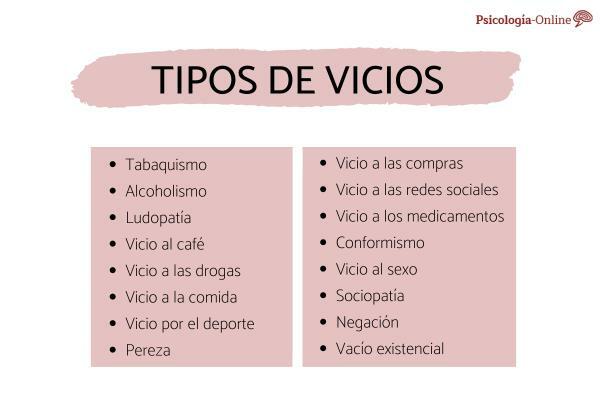
Cognitive behavioral therapy (CBT) is a type of psychotherapy that focuses on modifying thought patterns to change moods and behaviors. It is based on the idea that negative actions or feelings are the result of current distorted beliefs or thoughts. CBT is a mix of cognitive therapy and behavioral therapy.
Treatment involves developing more balanced and constructive ways of responding to stressors. Ideally, these new responses will help minimize or eliminate the problem behavior or disorder. In this Psychology-Online article, we explain how it works cognitive behavioral therapy for depression.
Index
- How Cognitive Behavioral Therapy For Depression Works
- In what other types of disorders can it be used?
- Is cognitive behavioral therapy for depression at risk?
How Cognitive Behavioral Therapy For Depression Works.
Cognitive behavioral therapy is a union of two very important currents: cognitive therapy focuses on your moods and thoughts
Cognitive behavioral therapy is included in the third generation therapies. These are based on an approach shorter term than psychoanalysis and psychodynamic therapies. Other types of therapies can take several years to discover the origin of the discomfort and subsequent treatment. CBT often only requires 10 to 20 sessions.
The sessions provide opportunities to identify current life situations that may be causing or contributing to your depression. The person and the therapist in consultation identify current patterns of thinking or distorted perceptions that lead to depression.
This is different from psychoanalysis, for example, since this type of therapy involves working backwards through through his life story to discover an unconscious source of the problems that the person is facing up.
The person may be asked to keep a journal as part of CBT. The journal provides a place to record life events and your reactions.
The therapist can help you divide reactions and thought patterns into several categories of self-destructive thoughts. These include:
- All or nothing thoughts: see the world in absolute terms, in black and white
- Disqualify the positive: rejecting positive experiences by insisting that they "don't count" for some reason
- Negative reactions automatic: having habitual scolding thoughts
- Expand or minimize the importance of an event: do a great deal on a specific event or moment.
- Excessive generalization: drawing too broad conclusions from a single event
- Personalization: taking things too personally or feeling like actions are directed specifically at you
- Mental filter: choose a single negative detail and dwell on it exclusively so that the vision of reality is obscured
The journal can be used to help replace negative thought patterns or perceptions with more constructive ones. This can be done through a number of well-practiced techniques, such as:
- Learn to control and modify distorted thoughts and reactions
- Learn to accurately and fully evaluate situations and external reactions or emotional behavior.
- Practice personal dialogue that is accurate and balanced.
- Use self-assessment to reflect and respond appropriately
You can practice these coping methods on your own or with your therapist. Alternatively, you can practice them in controlled environments where you face challenges and thus use these options to improve your ability to respond successfully.

In what other types of disorders can it be used?
Cognitive behavioral therapy is widely used to treat various disorders and conditions in children, adolescents, and adults. These disorders include:
- Antisocial behaviors (including lying, stealing, and hurting animals or other people).
- Anxiety disorders
- Attention deficit disorder and hyperactivity
- Bipolar disorder
- Conduct disorder
- Eating disorders such as bingeing, anorexia, and bulimia.
- General stress
- Personality disorders
- Phobias
- Schizophrenia
- Sexual disorders
- Sleep disorders
- Social skills problems
- Addictions
Cognitive behavioral therapy can be combined with other treatments within the treatment of depression.

Is cognitive behavioral therapy for depression at risk?
There are little emotional risk long-term associated with CBT, but exploring painful feelings and experiences can be stressful. Treatment may consist of dealing with situations that would otherwise be avoided.
For example, the person may be asked to spend time in public places if he is afraid of crowds. Alternatively, you may have to deal with The death of a loved one that is causing your depression. These scenarios can provide opportunities to practice responses to stressful or adverse situations. The ultimate goal of therapy is to teach the person to deal with anxiety and stress in a safe and constructive.
This article is merely informative, in Psychology-Online we do not have the power to make a diagnosis or recommend a treatment. We invite you to go to a psychologist to treat your particular case.
If you want to read more articles similar to Cognitive behavioral therapy to treat depression, we recommend that you enter our category of Clinical psychology.


